Retinol and Vitamin C: A Powerful Duo for Aging Skin Management

Some skincare ingredients are most effective when combined, while others are potent enough to deliver results on their own. By adding Retinol and Vitamin C to your client’s daily skincare regimen, you unlock maximum benefits. These ingredients not only work wonders individually but also enhance each other’s effectiveness when used together. Alone, they address specific skin concerns, but combined, Retinol and Vitamin C create the ultimate skin-beautifying duo for any skin type.
Using Retinol and Vitamin C in your Skin Care Routine
This dynamic skincare combination offers numerous powerful benefits, but to understand its effectiveness, it is important to recognize how each ingredient works individually.
Retinol, when used as a standalone treatment, is highly effective at stimulating collagen production, treating acne, tightening the skin, softening skin texture, and balancing skin pigment.
Vitamin C can independently brighten tired skin, improve skin health by shielding the skin from pollutants and sun damage, treat hyperpigmentation, and reduce skin inflammation and redness.
Retinol should always be used at night, but did you know that Vitamin C also offers powerful benefits when applied in the evening?
Recent studies suggest that UV damage persists for hours after exposure, and applying Vitamin C at night may significantly reduce its effects. Vitamin C is a key ingredient in many anti-aging skincare routines due to its ability to lighten hyperpigmentation, revive tired skin, reduce dark spots, and fill fine lines and wrinkles. Vitamin C also plays a crucial role in collagen synthesis, which is essential to maintaining firm, youthful skin (along with elastin).
As we age, the body naturally begins to slow down its production of this essential protein. Combined with the degradation of existing collagen, especially in the face, this contributes to many common age-related skin concerns. This further confirms that using Vitamin C at night offers multiple benefits.
Retinol is a form of Vitamin A that supports the body’s natural cellular turnover. Retinol products stimulate the skin to shed dead, dull cells, and replace them with fresh, strong, and radiant new ones. While dead skin cells occur naturally, environmental stressors such as pollution, dirt, UV rays, and debris can lead to a buildup, causing the skin to become dry, uneven, and discolored. Additionally, air pollutants are linked to a variety of skin conditions, including eczema, premature aging, dermatitis, acne, and psoriasis.
How Do Retinol and Vitamin C Work Together?
There is a common misconception that retinol and Vitamin C don’t work well together due to their contrasting pH levels. Vitamin C requires a low pH (around 3.5 or lower) for optimal absorption, while retinol absorbs best at a higher pH (around 5.5 to 6). When combined, the pH of Vitamin C increases and the pH of retinol decreases, leading some to believe that the two cancel each other out. Fortunately, recent research shows that these two powerful ingredients can, in fact, work synergistically. Together, they pack a powerful punch, reversing both natural aging and photoaging. Additionally, Vitamin C helps stabilize retinol, enhancing its overall effectiveness.
Benefits of this Perfect Power Couple.
- Retinol stimulates collagen production, the protein responsible for giving our skin its firmness and suppleness.
- Vitamin C provides the glue that holds cells together when collagen is produced.
- In combination, retinol and vitamin C produce youthful skin with minimal fine lines, wrinkles, dark spots, and blemishes.
- Additionally, combining Vitamin C and Retinol in your skin care routine improves the skin barrier, protecting the skin from the harmful environmental factors that cause skin damage and premature skin aging.
- Brightens the skin and evens the skin tone.
- Reduces the appearance of acne and acne scars.
Retinol and Vitamin C are powerhouse actives. Retinol’s active form is retinoic acid, while Vitamin C’s is L-ascorbic acid. Both ingredients penetrate the skin and work on a cellular level to promote healing and renewal. While they are highly effective treatments, they can be too intense for sensitive skin or when introduced too quickly. Overuse may lead to irritation, redness, or inflammation. To minimize this risk, choose a Retinol product with an encapsulated delivery system, which releases the ingredient gradually and more gently into the skin.
Alternating and Combining Retinol with Vitamin C
If you already have a solid morning skincare routine, the evening is the perfect time to introduce more targeted treatments—specifically Retinol and Vitamin C. A gentle and effective way to start is by alternating their use: apply Retinol one night, followed by Vitamin C the next. This approach helps your skin gradually build tolerance while still benefiting from both ingredients’ powerful effects. Over time, alternating can enhance skin firmness, refine texture, and promote a brighter, more even complexion—all without overwhelming sensitive skin.
Once your skin has acclimated, and you’re ready for more advanced results, you can begin combining Retinol and Vitamin C in the same evening routine. This method is particularly effective for mature or resilient skin that needs enhanced collagen support and visible rejuvenation.
To layer them correctly:
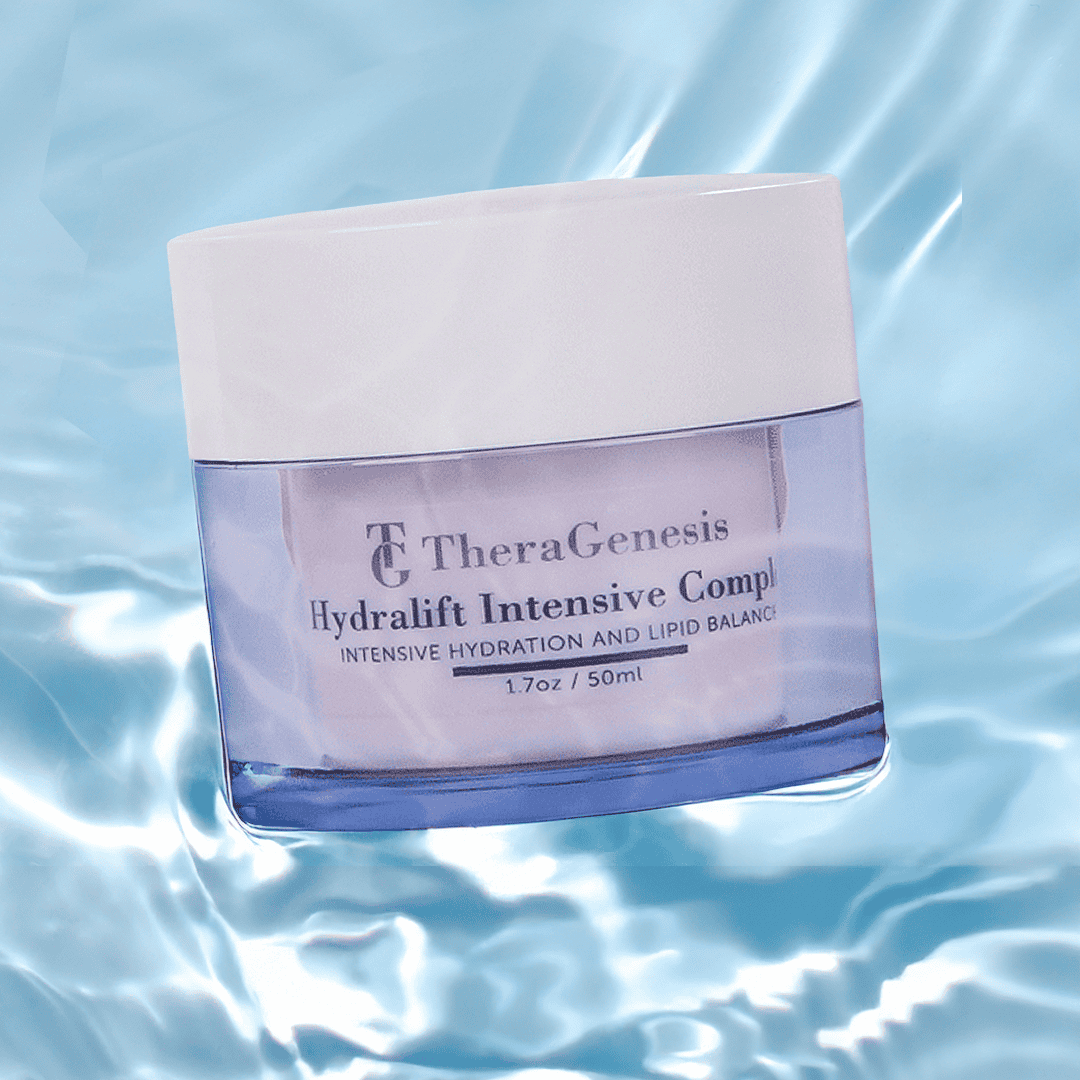
- Apply Vita C 20% Serum first — its low pH ensures optimal absorption.
- Wait 10 to 15 minutes to allow full penetration and minimize potential irritation.
- Follow with Retinol 3X Serum to target fine lines, wrinkles, and uneven texture.
- Finish with TheraGenesis Hydralift Intensive Cream, which delivers lifting peptides and encapsulated Hyaluronic Acid for deep hydration and skin barrier support.
- Moisturising Options also include Contour Crème or A.G.E Intensive
Used consistently, this advanced routine unlocks the full potential of these powerhouse ingredients—offering visibly smoother, firmer, and more radiant skin over time
Create the ultimate skin-beautifying duo for any skin type by introducing active ingredients mindfully. It’s essential to start slowly and integrate new ingredients progressively, giving your client time to observe how their skin reacts to each addition. Follow up with your client three to four days to monitor their progress and assess tolerance to avoid unnecessary irritation to the client’s skin.
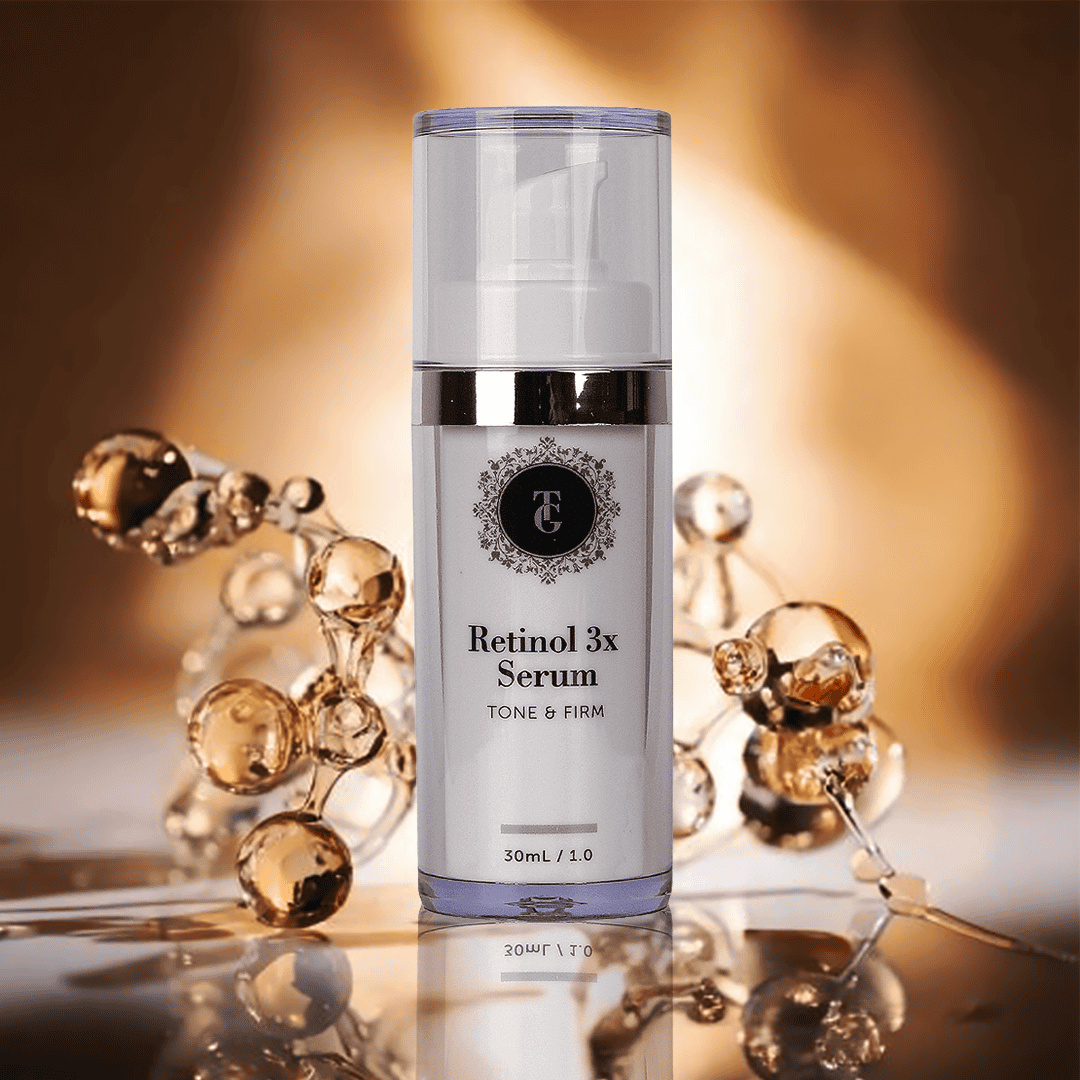
Depending on your skin type and tolerance, I recommend starting with Retinol three nights a week. Always apply Retinol in the evening—never during the day—as it increases your skin’s sensitivity to sunlight. Retinol can thin the skin barrier and heighten sensitivity to UV rays, daily use of sunscreen is essential.
While Vitamin C offers antioxidant protection and helps support a healthy skin barrier, it does not replace sunscreen. For complete protection against sun damage, sunscreen must be applied every morning.
Dermatologists agree: Retinol should only be used at night due to its potential to increase heat and sun sensitivity. For best results, apply TheraGenesis Retinol 3X Serum in the evening. This advanced formula works overnight to help tighten skin and visibly reduce fine lines, wrinkles, and other signs of aging—revealing a smoother, more refined complexion by morning.

There are several effective ways to combine Retinol and Vitamin C without overwhelming the skin.
Option 1
The most popular method is to apply Vitamin C in the morning and Retinol at night. Vitamin C visibly brightens the skin and offers antioxidant protection against UV damage, making it a great way to start the day. Apply TheraGenesis Daily Vita C Serum in the morning in the morning, followed by a broad-spectrum sunscreen.

Enviro Defense SPF 50 Moisturizer is ideal, delivering SPF 50 coverage along with hydration and pH-balancing benefits. Its formula, enriched with organic extracts, supports skin barrier health while providing essential daily sun protection.
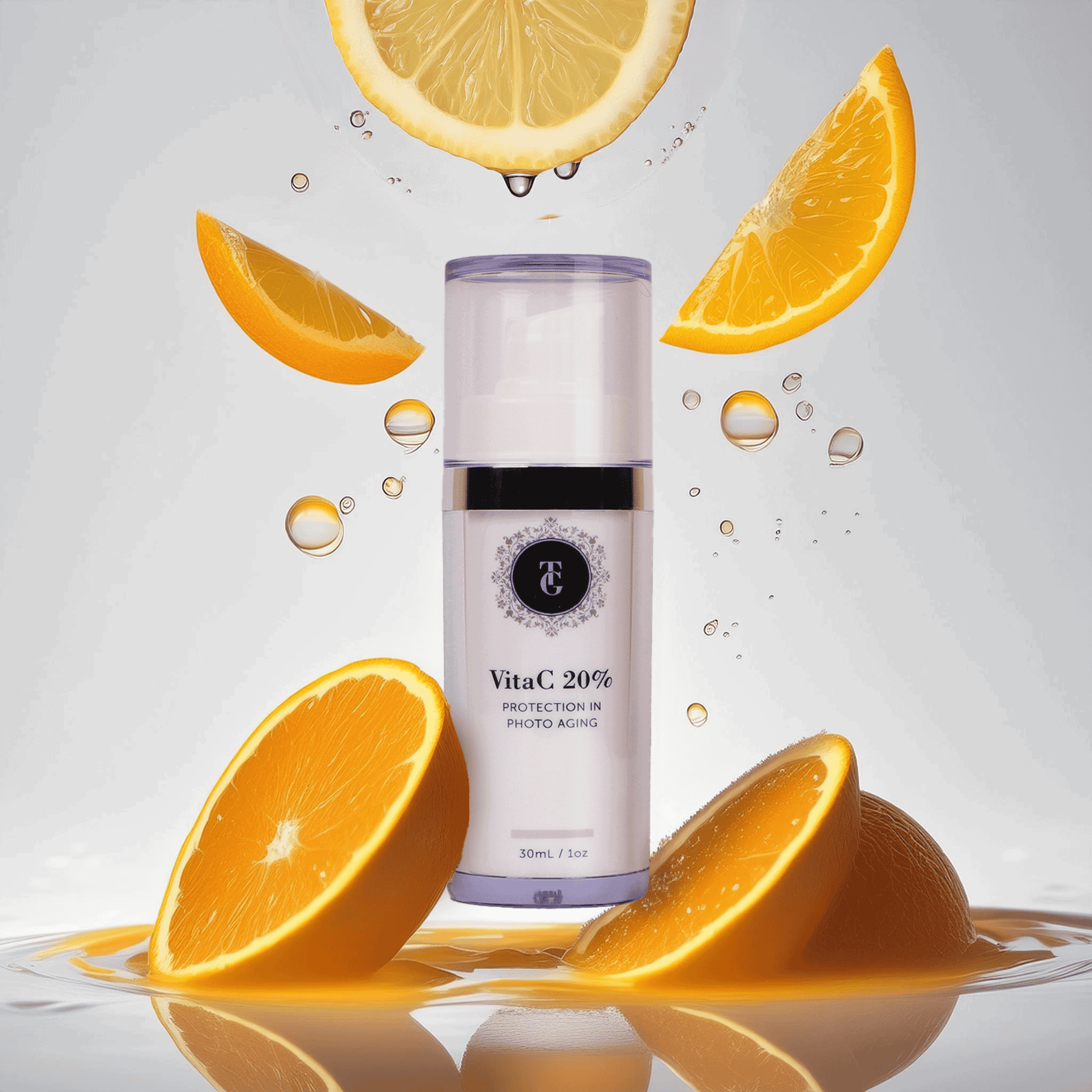
Option 2
The best way to combine actives is to alternate their use. When using Retinol or Vitamin C in combination with AHA or BHA exfoliants, it’s important to apply them at different times—not within the same routine. For example: If you’re using Retinol three or four evenings a week combined with a 20% Vitamin C, use the AHA’s in the three nights that follow. These acids are best used at night and should not be applied in the morning.
Mature skin does not respond well to an over aggressive approach to skin care.
Many people incorporate alpha hydroxy acids (AHAs), such as glycolic and lactic acid, or beta hydroxy acids (BHAs), like salicylic acid, into their daily skincare routines. These ingredients are effective exfoliants, helping to smooth and brighten the skin. However, it’s important to be mindful of other active ingredients you may be using. The potential for increased sensitivity is possible when combining multiple exfoliants or harsh actives. Overuse—especially when combined with products like retinol or Vitamin C—can lead to irritation and compromise the skin barrier.
Personally, I do prefer to recommend a gentler approach and use either the Wild Yam and licorice Dermafoliant or if preferred the Lactic Microfoliant three days after ceasing the Retinol applications.
Hydration is crucial when using Retinol. Retinol can have a considerable drying effect on the skin, especially when you first integrate it into your skincare routine. As your skin tries to adjust to this powerful ingredient, you may notice an increase in dry, flaky skin cells. Additionally, as retinol purges your skin of old skin cells to make way for new skin cells, these old skin cells start to flake away at the surface. Regardless of the skin type (dry skin, oily skin, sensitive skin, or combination skin) anyone can experience this dehydrated side effect.
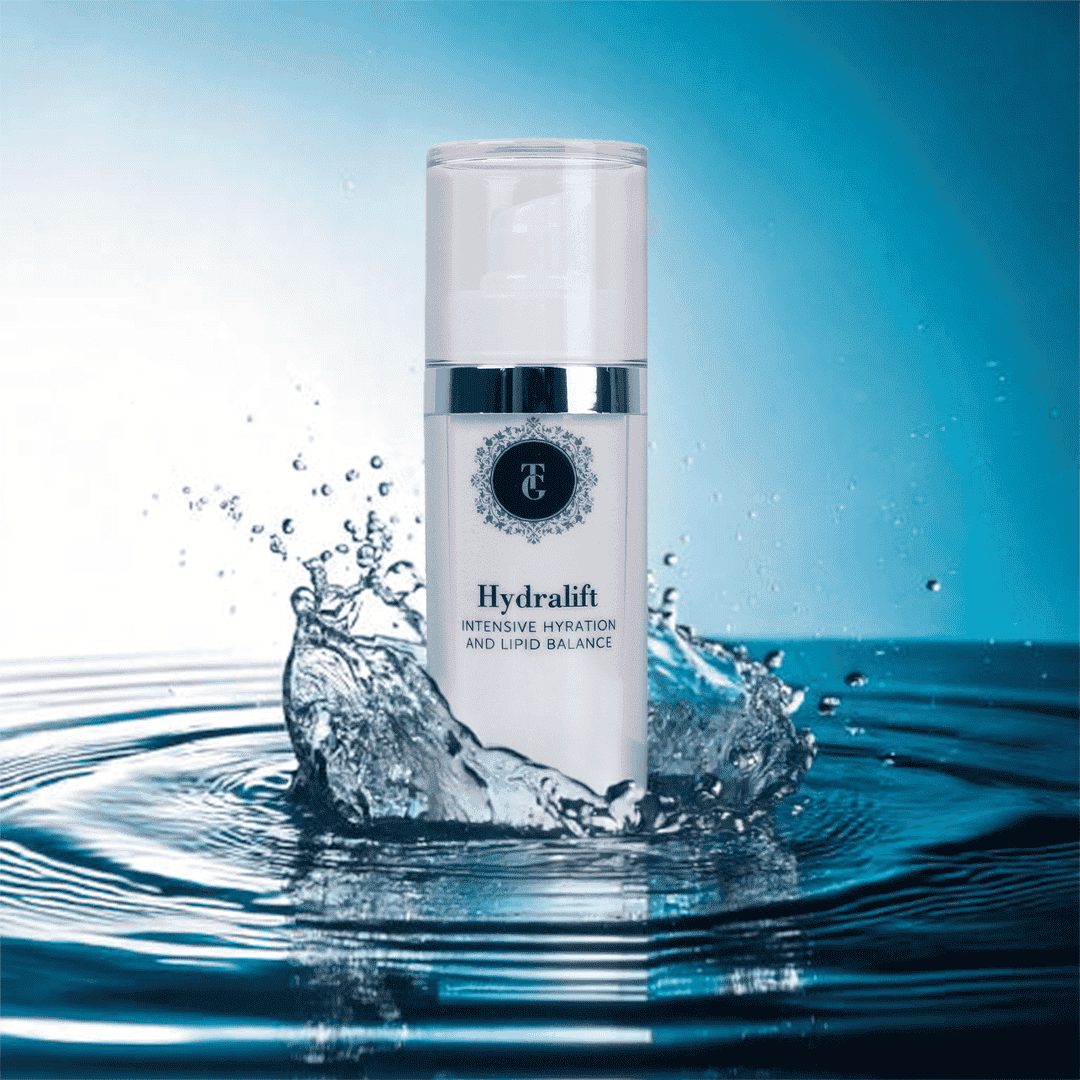
While Vitamin C has moisturizing benefits and helps reduce water loss from the skin, additional hydration is often necessary, especially during the early stages of product introduction. One highly effective solution is to incorporate Hyaluronic Acid, which deeply hydrates and supports the skin barrier. Our award-winning TheraGenesis Hydralift Serum with encapsulated Hyaluronic Acid, is an excellent choice for maintaining optimal moisture levels. For added support, Vita C Crème provides not only antioxidant protection from Vitamin C but also delivers lightweight hydration and collagen-boosting peptides – ideal for skins that are adjusting to the powerful effects of retinol.
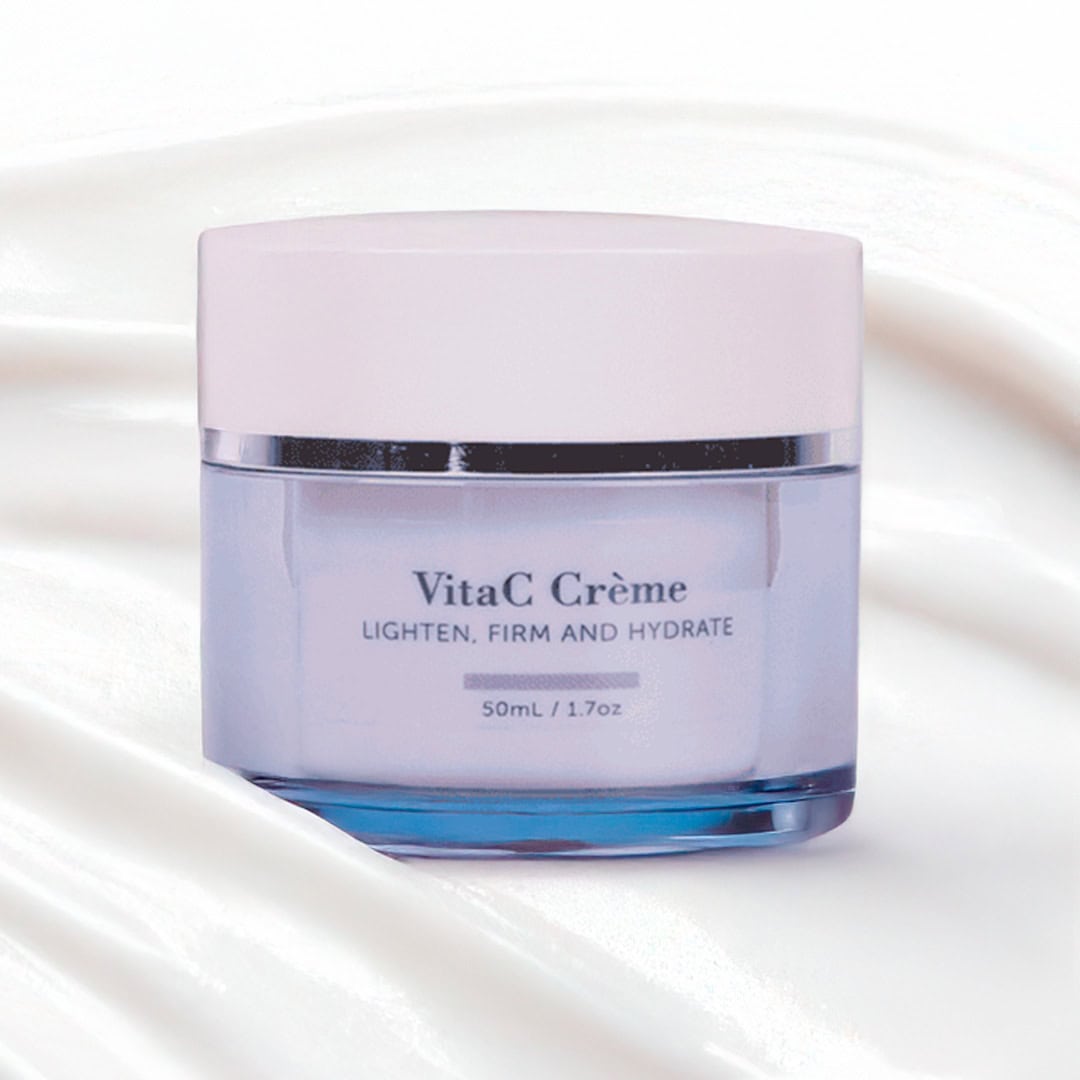
Skincare results take time, especially when using ingredients that work on a cellular level like Retinol and Vitamin C. While many people expect overnight transformation, dermatologists agree that it can take up to three months to see the full benefits. Commit to a consistent routine and avoid switching products too quickly. With time, they will begin to see healthier, more radiant skin.
Reference for this article https://pubmed.ncbi.nlm.nih.gov/15767769
